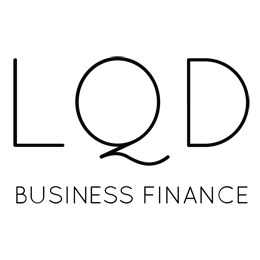
With the spread of the COVID-19 pandemic, there is no doubt everyone’s first priority should be the wellbeing of your employees and their families. However, your second priority should be understanding and controlling your cash flow and cash reserves.
LQD Business Finance has provided for free LQD’s EZ Cash Flow Tool. It is a very friendly way to help understand and project your cash position for the next 13 weeks, and beyond.
In addition to this tool, here are measures you can take to ensure your company optimizes its cash flows in order to come out of these unprecedented times and become stronger when we return to normal.
- Make a cash flow forecast – whether it’s with the LQD EZ cash flow tool or another one, a cash flow forecast is paramount to have in these times. It should be completed on a weekly basis. This should be a top priority in order to give you insight on your liquidity in the short and long term. Also, ensure your model is dynamic so that you can change assumptions and understand the impact on cash. For example, what happens if your customers start paying in 60 days instead of the normal payment terms of 30? How much can you still then pay out of your bank accounts and stay cash flow positive?
Given the current conditions, it would behoove all business to assume an increase in days sales outstanding (DSO) when completing a cash flow forecast. Your customers are also trying to conserve cash in these times. Use your forecast and best estimates to paint a picture of your company’s health, don’t get bogged down trying to get exact numbers.
- Prevent large revenue decreases - It is crucial to minimize declining sales as much as possible. Your clients are dealing with the same problems as you probably are and will appreciate any flexibility you can provide. Here are two strategies to consider: a) delay your billings if you can while still providing services, and b) price discounts to maintain demand levels.
- Cost reductions – Cost reductions are arguably the first measure that should be taken. Consider a hiring freeze, cancel offsite trainings and travel, review your marketing costs, or operational expenses such as subscriptions, the water cooler, and pantry. These are often small amounts but combined they could make a difference.
- Working capital management - Working capital is comprised of short-term receivables, short term payables, and inventory. The goal is to keep your receivables and inventory levels as low as possible and your payables as high as possible, in order to increase your cash position.
As part of this strategy, consider more frequent invoicing (weekly instead of monthly) if your customers are open to it. Additionally, you can probably delay payments to suppliers but consider the relationship. Some large companies may have adequate cash to allow them to help their smaller suppliers in this time by extending payment terms. Contact your clients and suppliers and discuss the situation and options.
- Third party financing - Some lenders are giving their financially distressed clients a forbearance regarding the interest and loan repayment. Contact your lender to discuss the situation and your options. Additionally, discuss the possibilities in your current financing package and the possibility for temporary extra extension of credit.
About LQD Business Finance
LQD Business Finance is a Chicago-based, tech-enabled business lender. LQD Business Finance was founded in 2014 to serve the small and medium sized business loan market. Using a hybrid model that involves human analysts supported by data infrastructure and automation, LQD Business Finance is able to more e?ciently and accurately originate, underwrite, service, and monitor small business loans and loan portfolios. Leveraging our existing platform, LQD Business Finance launched LQD Managed Solutions in 2020 to provide institutional lenders a better servicing and portfolio management solution.